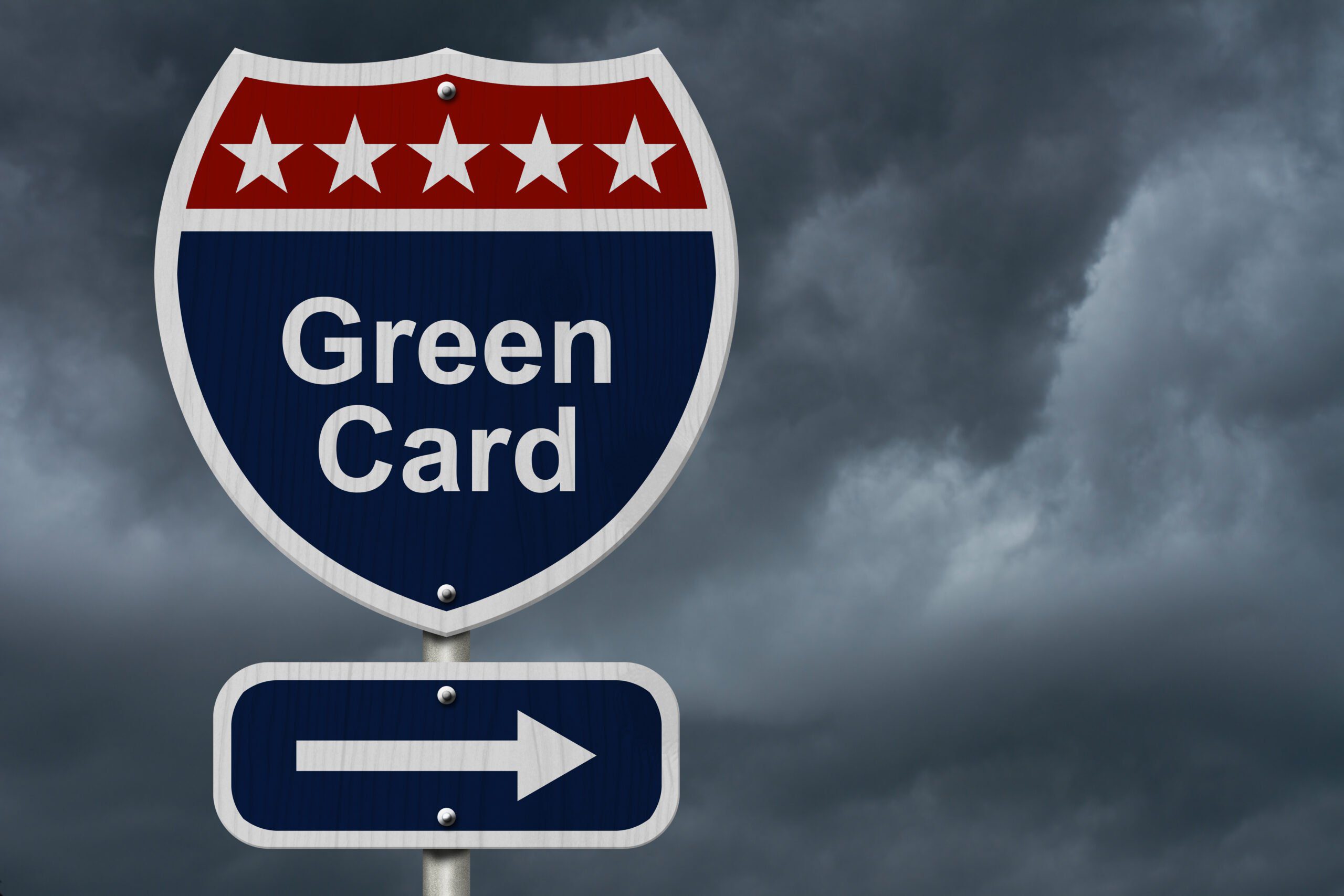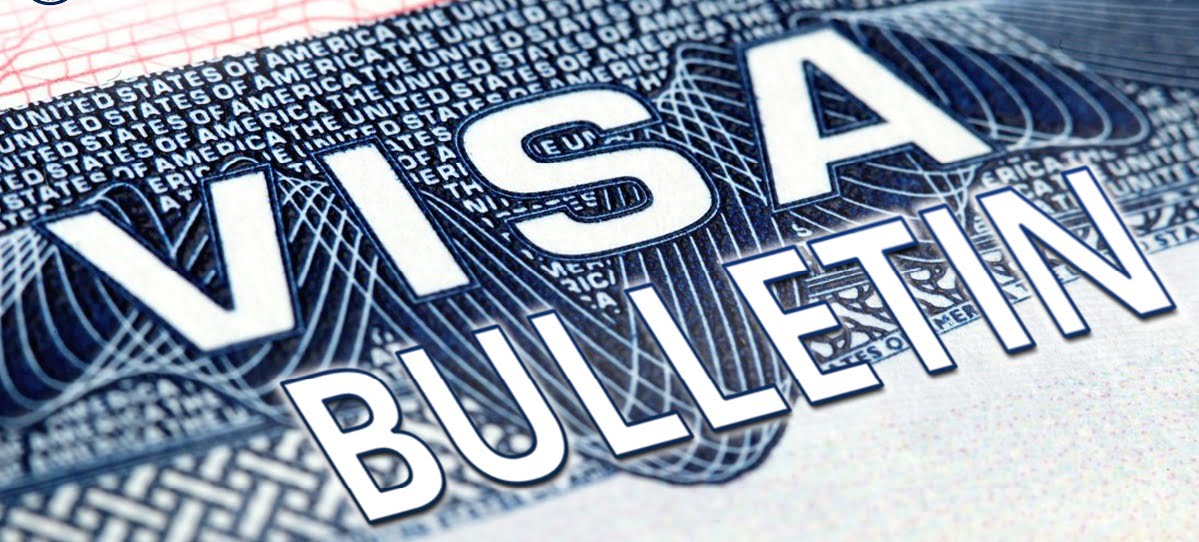The EB-1A Green Card is a coveted immigration status reserved for individuals with extraordinary abilities in their field of expertise. This category caters to top-tier professionals, such as renowned scientists, artists, and business executives, recognizing their significant contributions and potential benefits to the United States. The EB-1A is not just a recognition of an individual’s outstanding achievements, often proven through extensive documentation of national or international awards, exclusive memberships, significant contributions to their field, and widespread recognition from experts. It is also a gateway for these talents to further their work in the United States, fostering innovation and progress in their respective fields. The expedited process and the potential for self-petition without employer sponsorship make it an attractive option for top-tier professionals who can demonstrate that their abilities and contributions are in the national interest of the United States. This high bar of requirements makes the EB-1A Green Card a prestigious category, allowing some of the world’s most brilliant and accomplished individuals to immigrate to the United States.
The EB-1A Green Card process consists of 2 steps:
- I-140 – where we prove the extraordinary achievements
- Green Card process through Adjustment of Status or Immigrant Visa
Most of the time, I-140 is submitted first, and then once this petition is approved we move forward with the AoS or immigrant visa application.
The Role of I-140 Petition in the EB-1A Green Card Processing
Filing the form I-140 petition is the first main step in the process of filing for the Green Card. The applicants must convincingly demonstrate their extraordinary abilities and achievements in their claimed area of expertise. This can be accomplished either through evidence of a major, internationally-recognized award (such as Nobel Prize or a Grammy). Otherwise, if such an award is not available, the official USCIS website lists 10 criteria allowing a demonstration of extraordinary ability – at least 3 of them need to be met. This is evidenced by a substantial amount of documentation, such as letters of endorsement from peers, clients, and employers, copies of authored scholarly articles, evidence of membership in professional organizations, etc. It is worth noting that the review process has a two-part approach. Once at least 3 criteria are approved, the officer considers the totality of the evidence to determine whether the petitioner is part of the top few percent of experts and whether they have sustained national or international acclaim and recognition of their achievements in the field of their expertise. Only once the I-140 petition is approved, the foreign national can file for permanent residency, unless there is an urgent need to file I-140 and AoS together (if the priority date allows it).
Priority Date: The Key Factor Influencing EB-1A Processing Time
The priority date establishes the applicant’s place in the visa queue. Given the annual cap on EB-1A visas and per-country limits, the priority date essentially marks when an applicant can expect their application to be considered for a visa. Typically, it is the date when the I-140 petition is filed and effectively marks the applicant’s spot in line for a visa. Unfortunately, the number of Green Cards issued each year is limited, often leading to a backlog. This is especially true for applicants from countries with high demand for Green Cards, such as China and India, with the latter two countries impacted for most of 2023. The U.S. Department of State’s monthly Visa Bulletin updates applicants on the current processing dates for each category and country, allowing them to track when their priority date becomes current. When the priority date matches or precedes the date listed in the Visa Bulletin, it indicates that a visa is potentially available, allowing the applicant to proceed to the next step of the Green Card process.
Regularly checking the Visa Bulletin is crucial for EB-1A applicants, as it helps them track the progress of their application and plan accordingly for the subsequent steps in their journey toward permanent residency in the U.S.
Deciphering Priority Dates: A Step-by-Step Approach
For most countries, their priority date will be the same as the filing date of their most recent I-140 petition. Applicants can find this date on the receipt notice (Form I-797) they receive from USCIS. It is also worth noting that in many situations, a priority date can be “ported” from a previous I-140 petition, even if it was filed several years ago, as long as the applicant will work in the same or similar area of expertise. Unfortunately, some countries (as of December 2023: China, India, Mexico, and the Philippines) have their priority dates delayed by anywhere from a few months up to several years. The “Dates for Filing Applications” lists dates when the applicant can start their paperwork and begin the process, while the “Final Action Dates” lists dates when a final decision regarding the Green Card can be made. Applicants should consult the Visa Bulletin each time, as the dates are updated every month.
Timeline Analysis: EB-1A Green Card Processing Times
To comprehend the timelines associated with the EB-1A process, it is crucial to consider several key factors:
- Preparation of the I-140 Stage – the process of preparing the I-140 typically takes around 8-12 weeks. After its creation, the case must be submitted to USCIS.
Two processing options are available:
- a) premium processing, with a USCIS response expected within 15 days, leading to either approval or a Request For Evidence (RFE);
- b) regular processing, which can extend up to 24 months (Texas service center).
The average time for the preparation and approval of the I-140 under EB-1A ranges from 3 to 6 months under premium processing, while timelines under regular processing are challenging to predict.
- Country of Birth and Priority Date – consideration of your country of birth and priority date is essential in understanding the progression of the EB-1A process.
- Previous Priority Dates and Porting – if you have any previous priority dates that can be ported, this factor should be taken into account.
- AoS or Immigrant Visa Process – once the I-140 is approved and the priority date is current, the next step involves applying for either Adjustment of Status (AoS) or an Immigrant Visa. The approximate timelines for both scenarios are around 12 months, although specific details can be challenging to pinpoint.
- Requests for Evidence – it’s important to be aware of the possibility of receiving requests for evidence at any stage of the process.
Understanding and navigating these aspects will contribute to a more comprehensive grasp of the timelines involved in the EB-1A process.
Overcoming Hurdles in the EB-1A Application Journey
The EB-1A journey can present challenges, such as proving extraordinary ability and navigating complex immigration laws. One of the primary obstacles is demonstrating extraordinary ability using a set of predetermined criteria. Applicants often have issues with interpreting and meeting these requirements. Additionally, dealing with the legal and procedural nuances of the immigration process, including understanding priority dates and adapting to policy changes, can be daunting. Proactive strategies to overcome these challenges include thorough preparation of documentation, seeking guidance from experienced immigration attorneys, and staying informed about the latest developments in immigration law and policy. By anticipating and addressing these challenges head-on, applicants can enhance their chances of a successful EB-1A application, navigating through the rigorous process with greater confidence and clarity.
Conclusion: Optimizing Your Path to the EB-1A Green Card
Obtaining an EB-1A Green Card requires a thorough understanding of each step, including preparation of the initial petition along with extensive supporting documentation, navigating the complexities of priority dates, and staying up to date with the monthly Visa Bulletin. A proactive approach is crucial; applicants must adequately demonstrate their abilities and accomplishments, keep track of any policy changes that could impact their case, and stay in touch with the USCIS, responding to officers’ requests within the provided deadline.
Expert legal advice (preferably from an experienced immigration attorney) is highly recommended, as it can provide invaluable guidance and help to streamline the entire process.
* This article is for informational purposes only and does not provide direct legal advice.
Would you be interested in determining your eligibility for the EB-1A category? Kindly complete this brief screening, and our team of attorneys will carefully review your accomplishments.
FAQ about EB-1A Green Card
What is the EB-1A Green Card, and who is eligible for it?
The EB-1A Green Card is a First Preference, Employment-based category designated for individuals with extraordinary ability in their field of expertise seeking to permanently live and work in the United States. To be eligible, applicants must demonstrate exceptional talent and recognition in their field. This category allows self-petitioning, which means that applicants don’t need a job offer from a sponsoring company.How is the I-140 petition integral to the EB-1A Green Card process?
This petition is integral to the process as it demonstrates the applicant’s extraordinary ability. Only once it is approved, the permanent residency process can begin. It is a chance for the petitioning individual to convince the USCIS that they are a top expert in their claimed area of expertise and that their continued work will be beneficial to the United States.How does the priority date affect the EB-1A Green Card processing time?
The priority date in the EB-1A Green Card process plays a critical role in determining an applicant’s place in the processing queue. It dictates when an applicant can proceed to the next steps, such as filing for Adjustment of Status through form I-485 (if in the U.S.) or consular processing (if abroad). The priority dates are published in a monthly Visa Bulletin which is available online. If the priority date for the given category is current, meaning it falls before the dates listed in the U.S. Department of State’s Visa Bulletin, the applicant can move forward; if not, they must wait until their priority date becomes current, which directly impacts the overall timeline of their EB-1A application.How can applicants accurately read and interpret their priority date?
The priority date is typically the date when the USCIS receives Form I-140, which can be found on the receipt notice sent by the USCIS. To interpret this date, applicants must regularly check the U.S. Department of State’s Visa Bulletin, which lists the current processing dates for various immigrant visa categories, based on the applicant’s country of origin. If the applicant’s priority date is earlier than the date listed in the relevant section of the Visa Bulletin, it indicates that a visa number is available.What can applicants do to ensure their EB-1A application is processed efficiently?
First, the applicant should prepare a strong I-140 petition to establish their extraordinary ability. Paying an additional fee of $2,500 for a premium processing service is a great choice for those who can afford it, as it guarantees a decision on the I-140 within 15 calendar days. Applicants should also regularly check the status of their case using the official online tracker. For applicants already inside the U.S., it is critical to maintain a legal status throughout the entire process. It is also vital to respond to any communication and additional requests from the authorities as quickly as possible. Finally, proficient legal representation can solve a lot of potential issues and delays before they even happen.What are the common delays in the EB-1A Green Card process, and how can they be mitigated?
The most common delays are related to the collection evidence stage in the I-140 and delays in priority dates for certain countries.









